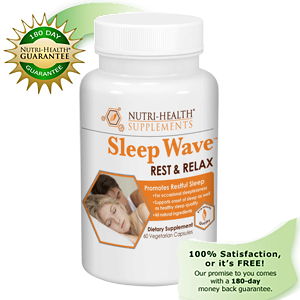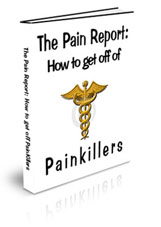Suboxone Costs, Suboxone Treatment Programs and Suboxone Discounts .
I had a person contact me the other day asking me why I didn’t tell her all the costs involved in getting outpatient treatment with buprenorphine. I asked well did you get my report? and she said No. To which I responded well there’s your answer, you didn’t get the report. You may have read how to get it or what the drug is, but you didn’t read the report. So you didn’t get all the tips and ways to get the treatment, without getting charged an arm and a leg.
Just because you know the name of the drug doesn’t mean you will get at a reasonable price, you may not get it at all! You should get my report to read how to insure you DO get it, all the ways to get it at discounted rates, and possibly even for FREE.
there are also questions you need to know to ask a doctor or center BEFORE you sign on the dotted line, otherwise you may be signing a contract that obligates you to paying that high price for treatment. You may also be required to go to additional counseling for the program which can also be costly. There are other alternatives to therapy sessions if they require it, even free ones, but those are in my report as well. Do yourself a favor and get my report, it’s only $9.97, I am sure you will be glad you did.
All of the doctors you can get buprenorphine treatment from have to have a special certification to be able to use it for opiate abuse treatment, which the DEA control. Once they get that certification they can prescribe it for treatment, but they are limited to only 30 patients at one time, that they can treat, so they may fill up quickly. The trick is finding one of these doctors with space in his/her treatment program.
Because most of the doctors are in private practice they can also charge a premium price for this treatment. Another trick to finding the lowest costing doctor is in my report along with ways for getting the medication at a discounted price or even free.
The report I put together is a ton of resources that you will find helpful to get you teh medication and treatment you want at a fraction of the price it would cost normally. Questions to ask the doctor before signing up to insure there are no other hidden costs, and ways to get the medication at a discount or free. Also if you are required to do counseling there is an alternative you may be able to use that is absolutely free. But again, it’s all in the report, for only $9.97.
Anyway, so to her I had to say, sorry, you should have read the report. 🙁
Larry C.













